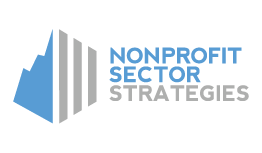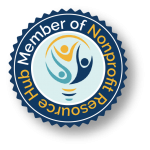Staying Sane… While Managing Volunteers
 Someone who HASN’T managed volunteers: “Managing volunteers is so easy, right?”
Someone who HASN’T managed volunteers: “Managing volunteers is so easy, right?”
Someone who HAS managed volunteers: “Managing volunteers can be more challenging than managing staff!”
Why is there this perception that managing volunteers is easy? Because they don’t get paid? Perhaps it sounds easy? “People want to donate their time to help out – why would it be hard to manage them…?”
While at AARP, I managed several types of volunteers in many different contexts and in varying quantities. What was interesting is that, many times, volunteers’ fondness for their staff point of contact eclipsed their interest in contributing to the mission. What I mean is that, like most activities we engage in by choice, it was about the people – the rewarding, enjoyable, social interaction gained from lending one’s time – and the volunteer work was sometimes a byproduct.
Here are 5 ways you can re-energize YOURSELF and be a better volunteer manager:
- Set boundaries. Volunteers need that personal connection, but perhaps instead of letting small talk last for 15 minutes every time a dedicated volunteer comes in, have a polite exit strategy limit yourself to 5 minutes.
- Always look for leaders. A lead volunteer can cover the ground of many – and often, they can be trained to manage other types of volunteers.
- Review your structure. Periodically evaluate your functionality and be on the lookout for communication breakdowns.
- Embrace technology. Something as simple as using a scheduling tool can dramatically reduce the number of emails clogging your Inbox.
- Say thanks! Never underestimate the power of showing gratitude. Think of chatskis like branded thank-you mugs or, if your budget allows, a volunteer recognition event where the organization’s accomplishments are touted – and volunteers are made to feel like part of the team.
You got this!
But in case you need a little help from friends, learn more about our continuous improvement service offering or reach out to have a conversation about your organization’s unique needs.







